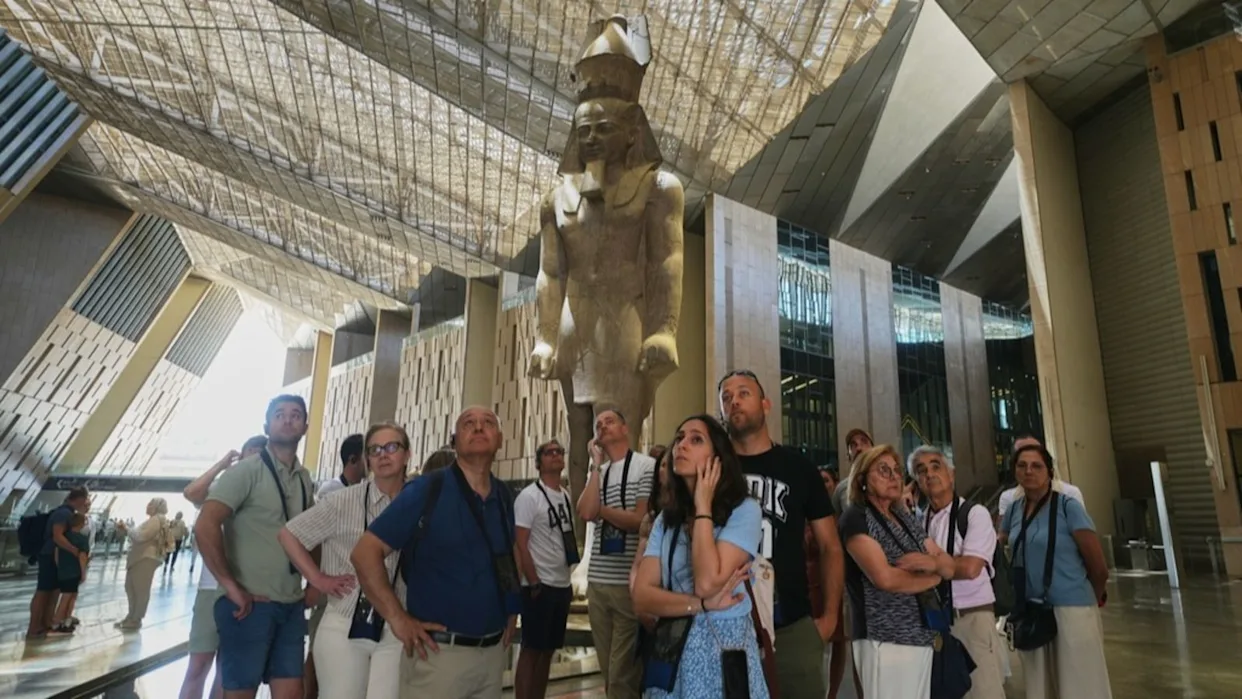
Egypt unveiled the long-awaited Grand Egyptian Museum on Saturday, marking the completion of a two-decade journey of ambition and endurance.
Heads of state, royals, and dignitaries from across the world gathered near the Giza Pyramids for an inauguration that blended modern spectacle with ancient splendour. Lasers carved hieroglyphs into the night sky as dancers in pharaonic attire performed to a symphony of Egyptian and international musicians.
Prime Minister Mostafa Madbouly hailed the museum as “a gift from Egypt to the world,” while President Abdel Fattah al-Sisi declared it “a new chapter in the story of this ancient nation’s future.”
The guest list reflected the event’s global weight, featuring German President Frank-Walter Steinmeier, Dutch Prime Minister Dick Schoof, Hungarian Prime Minister Viktor Orbán, Palestinian President Mahmoud Abbas, and the crown princes of Oman and Bahrain.
Dominating the museum’s grand hall stands a colossal statue of Ramses II, while the crown jewel remains the complete treasure trove of Tutankhamun — from the boy-king’s golden mask to his ornate sarcophagus and thousands of artefacts unseen for generations.
The $1 billion complex, largely financed by Japanese loans and designed by Ireland’s Heneghan Peng Architects, sprawls across 120 acres, rivaling Vatican City in size. Its sleek geometric lines mirror the nearby pyramids, offering a striking contrast to the timeworn halls of the old Egyptian Museum in Tahrir Square.
Officials hope the GEM’s opening will not only restore Egypt’s reputation as guardian of antiquity but also reignite tourism and cultural pride. As Al-Ahram Weekly wrote, “This is Egypt’s answer to empire — born not of conquest, but of authenticity.”
